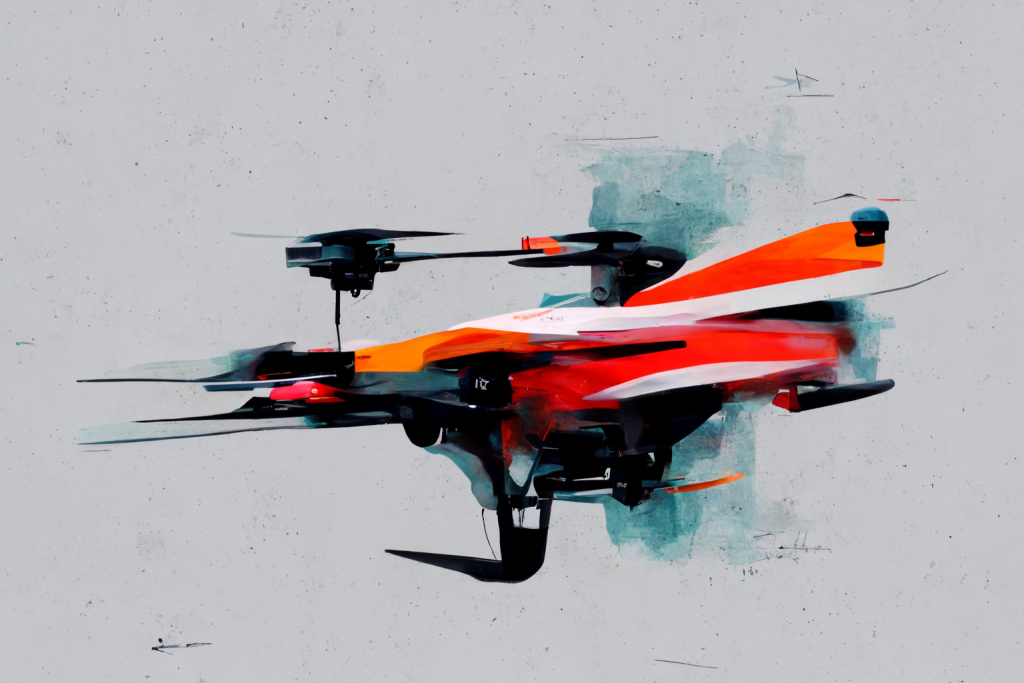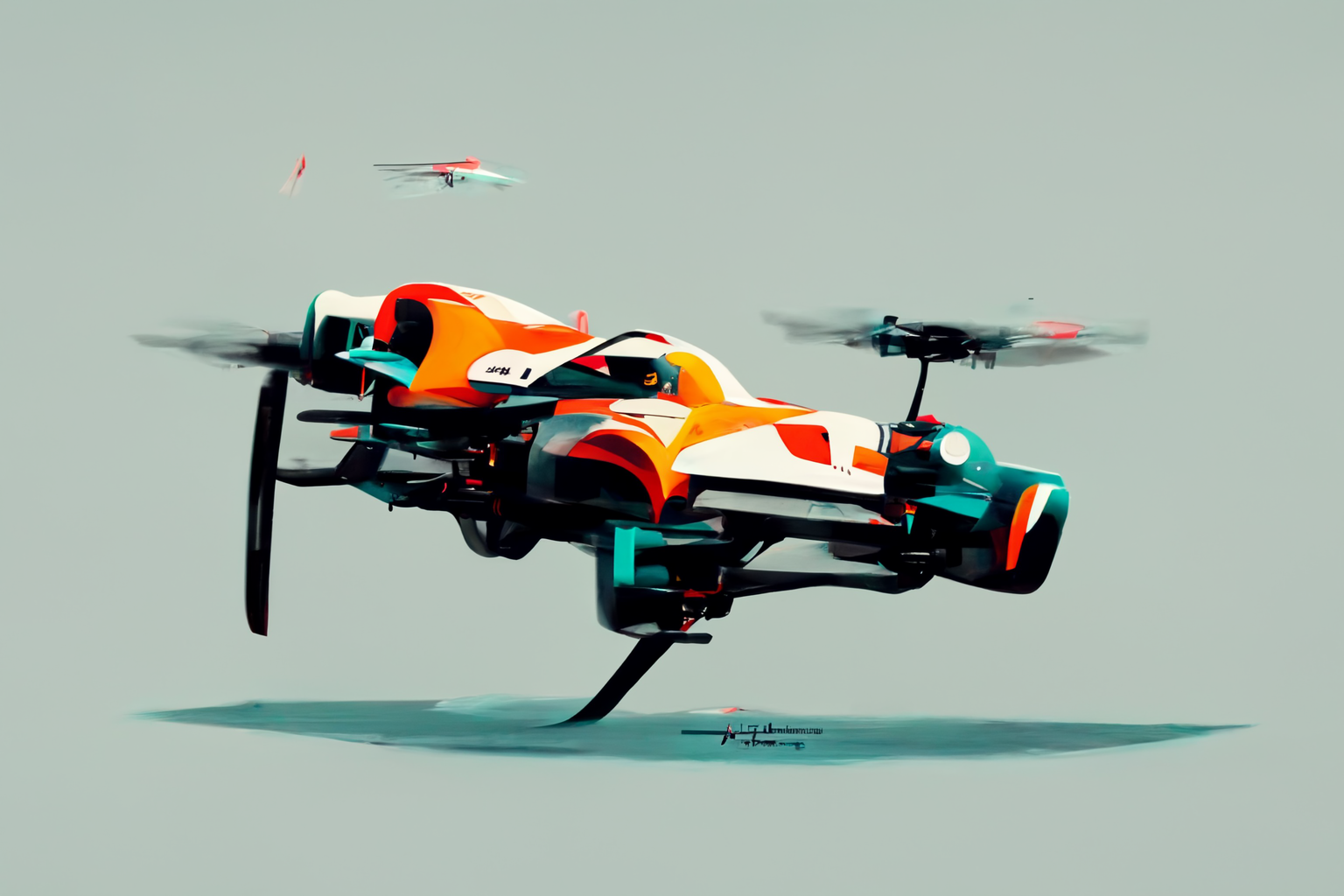A LeadBelt Gaming Guide Series
Comparisons to other types of drones
Overall, racing drones are designed with speed, agility, and precision in mind. They are built to be lightweight and compact,

Benefits:
- Speed: Racing drones are designed for speed, making them perfect for high-speed racing events. They are built with powerful motors and lightweight frames to maximize their speed and agility.
- Agility: Racing drones are highly agile and manoeuvrable, which allows pilots to navigate through challenging courses with ease.
- Customization: One of the biggest benefits of racing drones is their ability to be customized. Pilots can build and modify their drones to their exact specifications, allowing them to optimize performance and tailor their drones to their specific needs and preferences.
- Community: Racing drones have a passionate and supportive community of pilots and enthusiasts. This community provides opportunities for networking, sharing knowledge, and competing in events.
Drawbacks:
- Limited Flight Time: Racing drones have a short flight time due to their high speed and agility. They require powerful batteries that can drain quickly, limiting the amount of time pilots can spend flying them.
- Fragility: Racing drones are built for speed and agility, which means they are often more fragile than other types of drones. Crashes and collisions can result in damage to the drone, which can be costly to repair.
- Complexity: Racing drones are complex machines that require a high level of skill and knowledge to operate and maintain. Pilots must be familiar with the different components and systems of their drones, as well as the software used to program them for optimal performance.
Overall, racing drones are designed with speed, agility, and precision in mind. They are built to be lightweight and compact, with high-powered motors and small propellers that allow them to move quickly and easily through the air. The camera and flight controller are also designed for optimal performance at high speeds, making them an excellent choice for those looking to participate in drone racing events.



How to choose the right FPV drone for your needs and experience level
Choosing the right FPV drone for your needs and experience level requires careful consideration of several factors, including your skill level, budget, and intended use.
Skill Level:
- Beginners should consider purchasing an entry-level racing drone with basic features and easy-to-use controls. These drones typically have lower speeds and less power, making them easier to control and less prone to crashes.
- Intermediate pilots can choose a more advanced racing drone with higher speeds and more features. These drones often have more powerful motors, advanced flight controllers, and customizable settings.
- Expert pilots may prefer to build their own racing drones from scratch, using the highest quality components and customizations for maximum performance.
Budget:
- Racing drones can range in price from a few hundred dollars to several thousand dollars, depending on the quality and features of the drone. Beginners should start with a lower-priced option and upgrade as they gain more experience and skill.
- It’s important to consider the cost of replacement parts and repairs when choosing a racing drone, as crashes and collisions can result in damage to the drone.
Intended Use:
- Racing drones are designed for speed and agility, making them perfect for racing events and competitions.
- Freestyle drones are designed for aerial acrobatics and stunts, allowing pilots to perform tricks and manoeuvres in the air.
- Cinematic drones are designed for capturing high-quality aerial footage, with stable flight capabilities and high-quality cameras.
The different components of a racing drone and how they impact its performance
Racing drones are made up of several different components, each of which plays a critical role in the drone’s performance.
Frame:
- The frame of a racing drone is typically made of lightweight materials such as carbon fibre or aluminium. The frame should be strong and durable enough to withstand crashes and collisions.
- The design and shape of the frame can impact the drone’s speed and manoeuvrability. Some frames are designed for stability, while others prioritize speed and agility.
Motors:
- Racing drone motors are typically brushless and come in different sizes and speeds. The motors are responsible for propelling the drone through the air, and their speed and power impact the drone’s acceleration and top speed.
- Higher-quality motors can provide more power and faster speeds but also come with a higher price tag.
Prop
Additionally, racing drones tend to be much faster than other types of FPV drones. They are designed for speed and manoeuvrability, with high-quality motors and efficient propellers that allow them to reach top speeds of up to 100 miles per hour. They also have a much shorter flight time compared to other FPV drones, usually ranging from 5 to 10 minutes.
Another key feature of racing drones is their durability. They are built to withstand the rough and tumble nature of racing, with sturdy frames and crash-resistant components. Racing drones also tend to be relatively lightweight, allowing for greater manoeuvrability and faster speeds.
In contrast, freestyle drones and cinematic drones prioritize stability and smooth footage over speed and agility. They tend to be larger and heavier than racing drones, with longer flight times of up to 20 minutes. These types of FPV drones also typically have more advanced camera systems, with gimbal stabilization and higher-quality lenses for better video footage.

Another important feature of racing drones is their agility and speed. Racing drones are designed to be extremely fast and manoeuvrable, allowing pilots to navigate through complex courses and obstacles with ease. These drones can reach top speeds of up to 100 miles per hour and have exceptional acceleration and turning abilities.
In terms of size, racing drones are generally smaller and more compact than other types of FPV drones. This allows for greater manoeuvrability and agility, as well as faster speeds and improved handling. However, the smaller size can also mean less stability and reduced flight time due to smaller batteries.
Finally, racing drones often come equipped with specialized features and components to enhance their performance on the racecourse. These may include specialized motors and propellers, high-capacity batteries, and advanced flight controllers and software.
Overall, racing drones are designed to be fast, agile, and responsive, with a focus on high performance and manoeuvrability. While they may not have the same capabilities as other types of FPV drones for aerial photography or videography, they excel at navigating complex courses and obstacles, making them a popular choice for drone racing enthusiasts.

Comments are closed